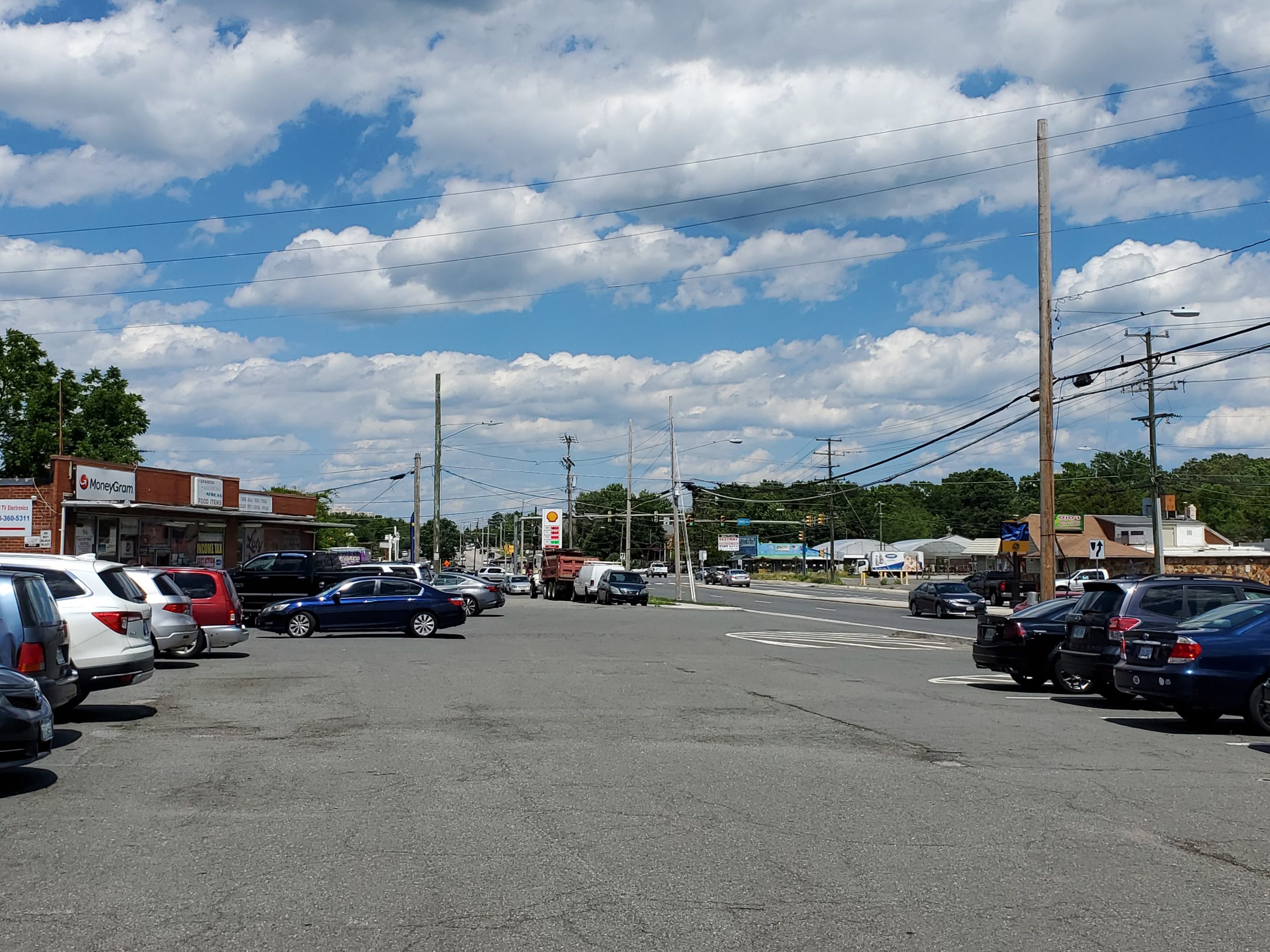In Search of the Small Business Apocalypse

The lockdowns are over, officially and unofficially. Reopening is well underway, even as a resurgence unfolds in some states, not to mention a potential second wave this fall. But for now, we’re crawling out of our bunkers, figuring out if we’re in a depression.
Back when the lockdown orders first came down, up to half or more of restaurants, and numerous independent stores and other businesses, were expected to permanently shutter. This could still happen, depending on how heavily the virus continues to spread. But has it happened yet? Did the lockdowns destroy small business America?
I got in the car and drove down the stretch of U.S. Route 1 (Richmond Highway) that runs south of D.C. through suburban Alexandria, Mount Vernon, and Hybla Valley. This is an interesting, if frustrating, drive in ordinary times; Route 1 is invariably traffic choked, and navigating its service roads and frequent intersections requires high alert. The communities sprawled along the highway are heavily Latino and relatively poor, as D.C. suburbs go. There are plenty of chain businesses, but also a heavy concentration of independent restaurants and small stores, many in aging, repurposed buildings. There are likely undocumented workers living here, afraid or unable to seek personal or small business economic relief. Fairfax County’s Hispanic population disproportionately suffered from COVID-19, to boot. If any place, at least in this region, should be ground zero for a small business recession, it’s this six-mile stretch of aging suburban sprawl.

Happily, I found no evidence of the prophesied extinction-level event. And I happen to have a good reference point, because the very last pre-lockdown drive I took, back in the first week of March, was exactly this one. I had browsed a few thrift stores, snapped a few pictures of interesting signs and buildings, and had dinner in one of the strip’s two Chinese buffets.

There was very little sense of before-and-after. The traffic was slightly reduced but probably within the margin of error. Pedestrians and cyclists vied for space on the highway, some masked, some not. Only two or three businesses that had been open in March were still closed, and not necessarily permanently. A small diner still has a “temporarily closed” sign from March taped to the door. One of the two Chinese buffets remains closed, with potentially ominous IRS letters shoved under the crack below the entrance door. But the other buffet is already open, with nothing more than a perfunctory “please wear a mask” sign in the window. The vast majority of restaurants are operating in some way, though many do not appear to have opened their dining rooms yet. Every thrift store I checked is open, with reduced hours and barely enforced social distancing requirements. One was so packed that I had to wait to exit the parking lot.

My interest in buffets and thrift stores, aside from the fact that I enjoy patronizing them, is that they are both more vulnerable than their relatives in this pandemic. Both feature a lot more touching of surfaces, for one. (It will never be possible to look at the 100-odd serving tongs in a buffet quite the same way.) Thrift stores sell only donated materials with unknown provenance—very unlikely themselves to spread the virus but an obvious concern nonetheless. Buffets rely on crowds and volume. The fate of these riskier businesses is probably a leading indicator of the general business climate and state of consumer confidence: they are canaries in the coal mine. Their mostly unscathed post-lockdown emergence suggests that the overall small business economy has so far managed to weather this storm.
One of the most noticeable changes—and one of the only ones, really—is the profusion of signage on doors and windows. For some reason, even many chain establishments (Applebee’s, Starbucks, and more) sport hand-drawn signs explaining pickup procedures or asking customers to wear masks. It gives a colorful, lively look to the normally staid entrances. There’s something heartening about this; it seems to suggest a certain entrepreneurial resiliency. Given that states are operating in different phases and with different definitions thereof, chains have probably had to devolve a certain amount of authority to the local managers.

There’s no way to determine how many waves of COVID-19 we can endure before local economies begin to fall apart. And there are restaurants operating at partial capacity that are probably spending down capital, praying for the virus to burn out before they do. All of this life-as-usual may simply be intensifying the crisis to come. But so far, American life has managed to muddle on through in the face of a lot more adversity than many thought it could.
And there’s another, bigger point here. This stretch of old highway might look worn out, fragile, and piecemeal, but it’s also durable. Between the old buildings that have cycled through lives as used car lots, loan offices, and restaurants, or the garden apartments with floor-level salons, or the cavernous thrift store with a sign suggesting that it is, in this community, essential, these six miles of sprawl operate in many ways as an economic and social whole, in a way that is belied by their appearance.

A few hundred feet and a world away from that thrift store is the Mount Vernon Country Club, and a few hundred more feet is George Washington’s Mount Vernon itself. This is a little microcosm of America, for good or ill, and we can take some imperfect comfort in the fact that, so far, it’s all still here.
Comments